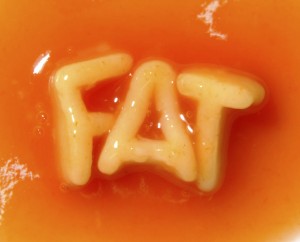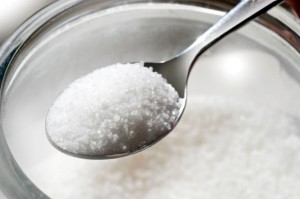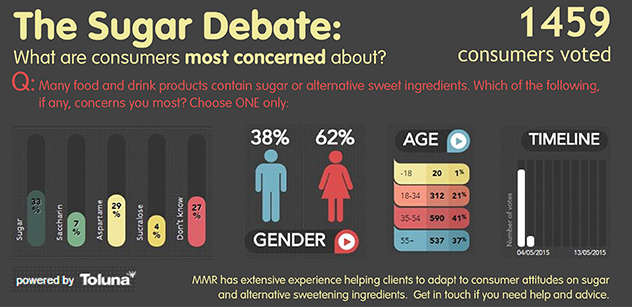As a sensory and consumer scientist, understanding how consumers perceive and describe products is an essential aspect of market research. However, consumers can struggle to find the language to express and articulate product characteristics, often selecting liking and hedonic terms they feel more comfortable using. This leads to difficulties understanding why consumers like or dislike products and could provide limited optimisation guidance for product development teams.
An ideal approach is preference mapping, allowing consumers to just rate their liking of the products, while a trained sensory panel score the samples for their characteristics. The consumer liking data is then combined with the sensory map of product characteristics to really understand what attributes drive consumer liking and is a robust insightful tool. However, this approach can be expensive and time consuming, and in this ever demanding world of faster insights, may not be suitable in every case. This means asking consumers to describe products in detail, a tricky task.
So what is the best way to gain the most product information and insight directly from consumers? Is there a practical way to get participants to really give product characteristic descriptions? A recent study in Food Quality and Preference has compared a range of different consumer methods, to find that the highest number of descriptive terms were provided by consumers when assessed samples at an individual level or by presenting triads of samples in a repertory grid. This is in contrast to assessing and comparing a wider number of product in the full sample set, which can lose some of the detail.
These study findings align with my own experience of product testing with consumers, where found pairwise comparisons offer the best option to get detail from consumers. For example, if consumers are trying to describe the characteristics of plain biscuits, it is easy to compare and contrast two products for differences in key attributes such as colour, baked character, crumbliness, cereal flavour, crunchiness, sweetness and so on. By providing both products, consumers can say things like “This biscuit is drier than that one”, and help them to express the differences in the products. This can allow consumers to generate descriptions as well as elements of liking and crucially provide R&D teams with as much sample focussed detail to drive development and product optimisation




